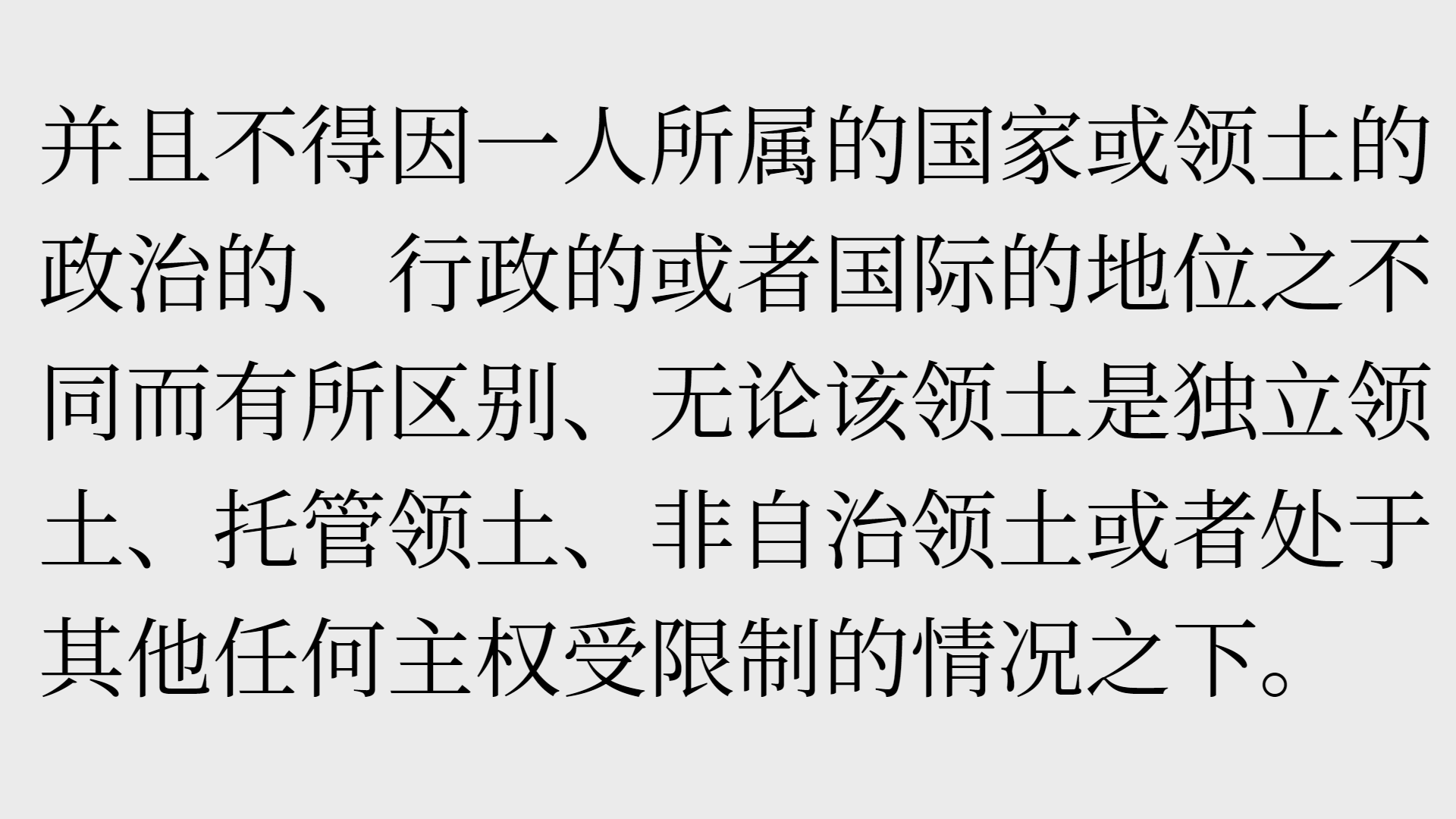
China
All official coverage in mainland China is taken with a tripod. Objects in the image will usually have motion blur, and slightly saturated colours.
NOTE: Coverage in Hong Kong and Macau both have full Google Car coverage.
A separate Plonk It guide to Hong Kong can be found here. The Macau guide can be found here.
Chinese writing consists of often complicated symbols made up of several strokes. On mainland China, you’ll typically find simplified Chinese, where the number of strokes of many symbols have been greatly reduced compared to traditional Chinese.
NOTE: Traditional Chinese is widely used in Taiwan, Hong Kong and Macau.
Coverage in mainland China is limited to several small spots, mainly in or near major urban areas on the east coast. A significant portion of the coverage is considered hidden, which is also shown on this map. Hidden means it won’t show up on Google Maps, however you can still access it in the Map Making App.
This section contains more in-depth descriptions of all coverage considered pinpointable in mainland China. For a complete guide to the Chinese coverage, read this document.
The Palace Museum (commonly referred to as the Forbidden City) is a massive palace in the centre of Beijing.
By the Today Art Museum in Beijing you can find this modern urban street with several cafes and bars along the road. In front of the museum you can also find this uncanny statue.
GeoGuessr’s own official maps are not very good, for a variety of reasons. Plonk It recommends the following maps instead:
Mainland China (official incl. hidden coverage) (map link) - This map contains all official coverage in Mainland China including hidden coverage.
In addition, here are some resources to help you practise China:
Complete Guide to Mainland China Trekkers (link) - A comprehensive guide describing every tripod on mainland China. Includes descriptions for hidden coverage.

















